How to Apply Zettelkasten with Obsidian
Discover how to effectively implement the Zettelkasten method using Obsidian in your note-taking routine! This post breaks down the process, from creating atomic notes to leveraging backlinks and graph views. Unlock a powerful personal knowledge management system while keeping your ideas intercon...

In my previous posts I introduced you to the Zettelkasten method. It’s a way to organize notes and ideas in a very structured way, which can be very useful for learning and retaining information.
I previously discussed how to apply this method using Logseq, another popular tool that has strong support for journaling. This time, we’ll explore how to apply the same principles to Obsidian, another very popular note-taking app.
If you’re looking to get started with using Obsidian for Zettelkasten, here’s a straightforward way to do so.
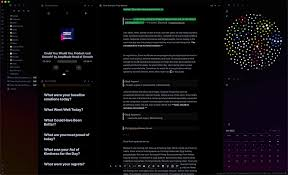
Understanding the Zettelkasten Method
Zettelkasten is a powerful note-taking and knowledge management system developed by German sociologist Niklas Luhmann. At its heart, the method focuses on creating atomic notes, each capturing a single idea or concept. These notes are then interconnected through links, forming a network of thoughts that mirrors how our brains naturally associate information.
With digital tools like Obsidian and Logseq, implementing the Zettelkasten method has become more seamless and efficient, enabling you to build a robust personal knowledge management system effortlessly.
Why Obsidian is Perfect for Zettelkasten
- Plain Text and Markdown: Obsidian stores notes as plain text files using Markdown syntax. This ensures your data is durable and not locked into a proprietary format, aligning with the Zettelkasten principle of long-term accessibility.
- Linking: The core of Zettelkasten is creating connections between ideas. Obsidian excels at this with its robust linking features.
- Graph View: Obsidian's graph view provides a visual representation of your note connections, helping you see the structure of your knowledge base.
Applying Zettelkasten in Obsidian
1. Create Atomic Notes
First things first, let's create some atomic notes. Hit Ctrl+N on Windows or Cmd+N on macOS in Obsidian to whip up a quick note for each idea or concept you have. Keeping each note focused on a single topic is key—it makes everything much clearer and easier to manage, staying true to the Zettelkasten principle of atomicity.
2. Link Your Notes
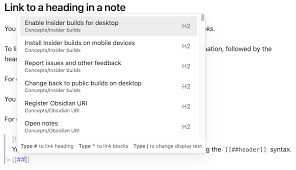
Next up, let's link those notes. Obsidian makes this super easy with its double bracket syntax [[ ]]. By connecting related notes, you're building a network of ideas that you can navigate effortlessly. And don’t worry if some notes aren’t ready yet—you can link to notes that don’t exist and expand on them later as your thoughts develop.
3. Use Backlinks
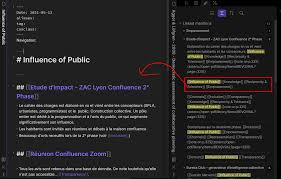
One of the coolest features in Obsidian is the automatic creation of backlinks. You can find these in the right sidebar under the Backlinks tab. This helps you see which notes are referencing the current one, making it easier to navigate through your knowledge network and understand how your ideas interconnect.
4. Implement a Unique Identifier System
Obsidian doesn’t come with a built-in ID system, but you can easily create your own. Add a unique identifier to each note’s title or metadata to keep everything organized. This simple step helps you reference and locate notes systematically as your knowledge base grows.
5. Use Tags and Metadata

Tags are your friends when it comes to categorizing notes. Obsidian's tagging system makes your notes easily searchable. Plus, you can add metadata using YAML frontmatter to add another layer of organization. This extra detail helps you filter and sort your notes based on different criteria, making everything even more manageable.
6. Leverage the Graph View
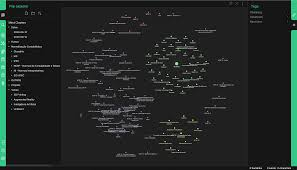
The Graph View in Obsidian is a fantastic tool for visualizing the connections between your notes. It helps you spot clusters of related ideas and identify areas that may need more exploration. This visual overview gives you a clear picture of how your knowledge is structured and interconnected.
7. Create Index Notes
Take advantage of Obsidian's ability to embed note content to create index notes. These index notes serve as entry points to different topics within your Zettelkasten, providing an organized way to navigate through various subjects and their associated ideas.
8. Daily Notes for Fleeting Thoughts
Use Obsidian's Daily Notes feature to capture fleeting thoughts and ideas throughout your day. Later, you can refine these into permanent notes within your Zettelkasten, ensuring that no idea is lost and that all your thoughts are captured and organized effectively.
9. Use Markdown for Formatting
Obsidian uses Markdown, which allows for easy and flexible formatting of your notes. You can use headers, bold, italic, and other Markdown features to structure your notes clearly and make important information stand out.
10. Take Advantage of Plugins
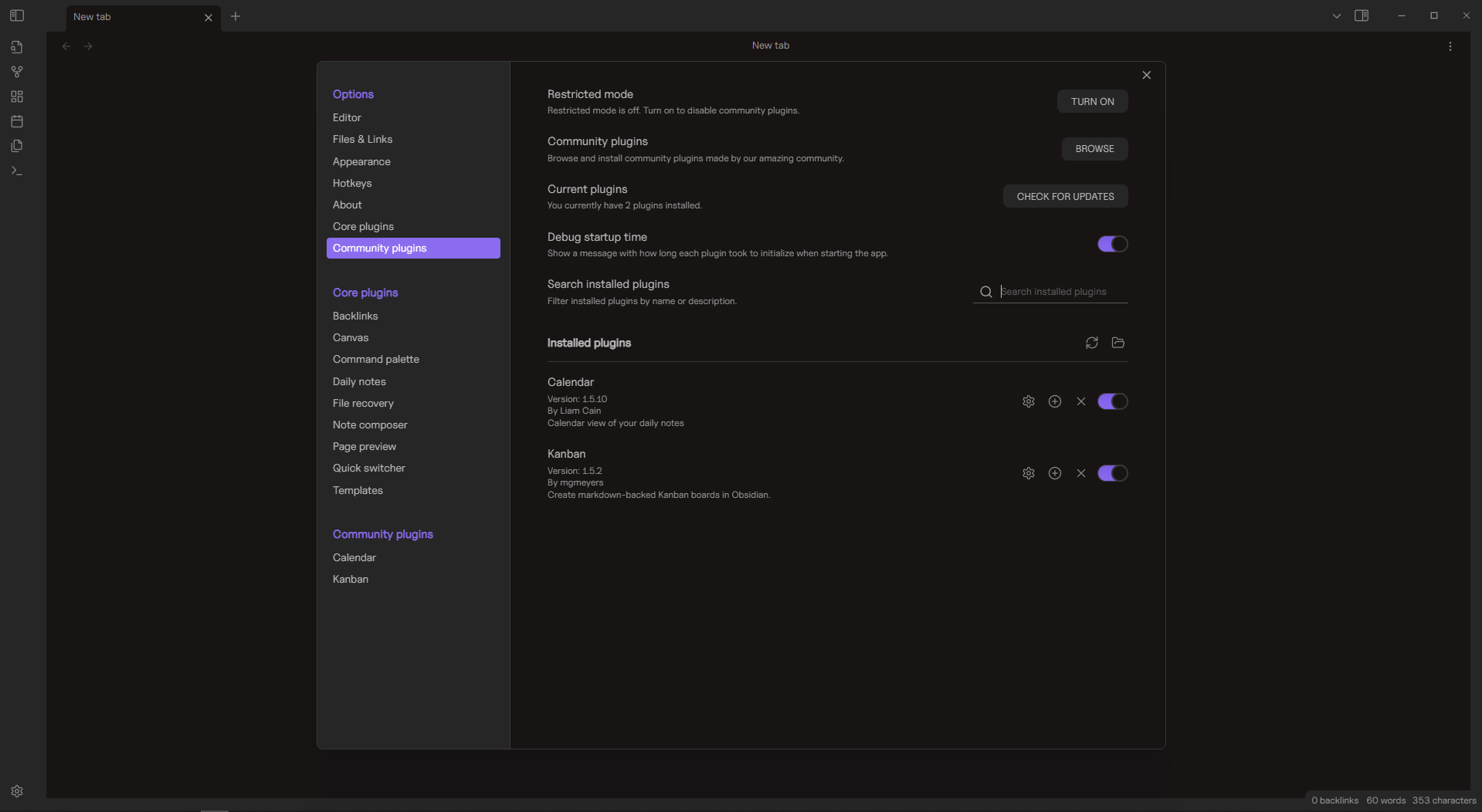
Explore Obsidian's community plugins to enhance your Zettelkasten workflow. There are plugins available for citation management, spaced repetition, and more, which can help you customize Obsidian to better fit your personal knowledge management needs.
Remember, the key to a successful Zettelkasten is consistent use and linking of your notes. Obsidian's flexibility allows you to adapt the Zettelkasten method to your personal workflow while maintaining the core principles of interconnected, atomic notes.
By leveraging these features, you can create a powerful personal knowledge management system using the Zettelkasten method within Obsidian.
References:
- Ahrens, Sönke (2017). How to Take Smart Notes: One Simple Technique to Boost Writing, Learning and Thinking.
- Obsidian Documentation: https://help.obsidian.md/





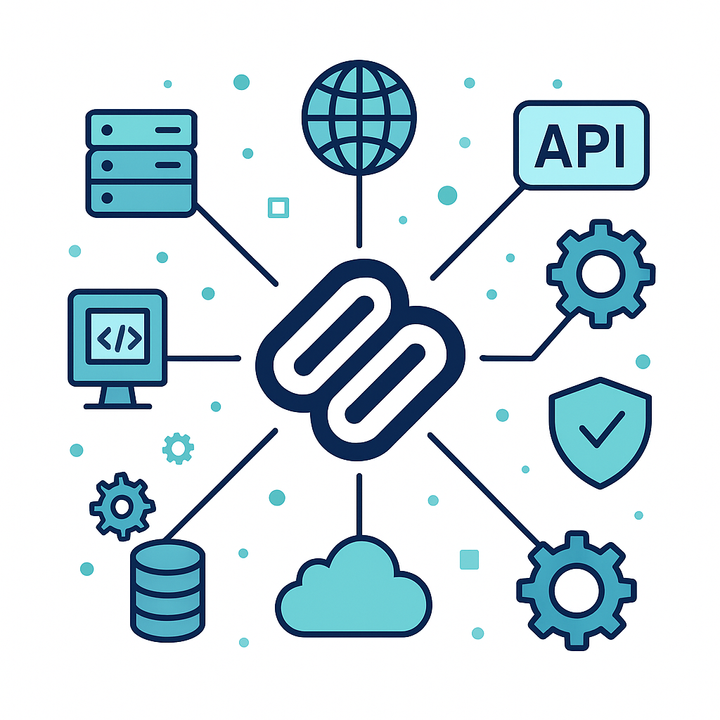

Comments ()